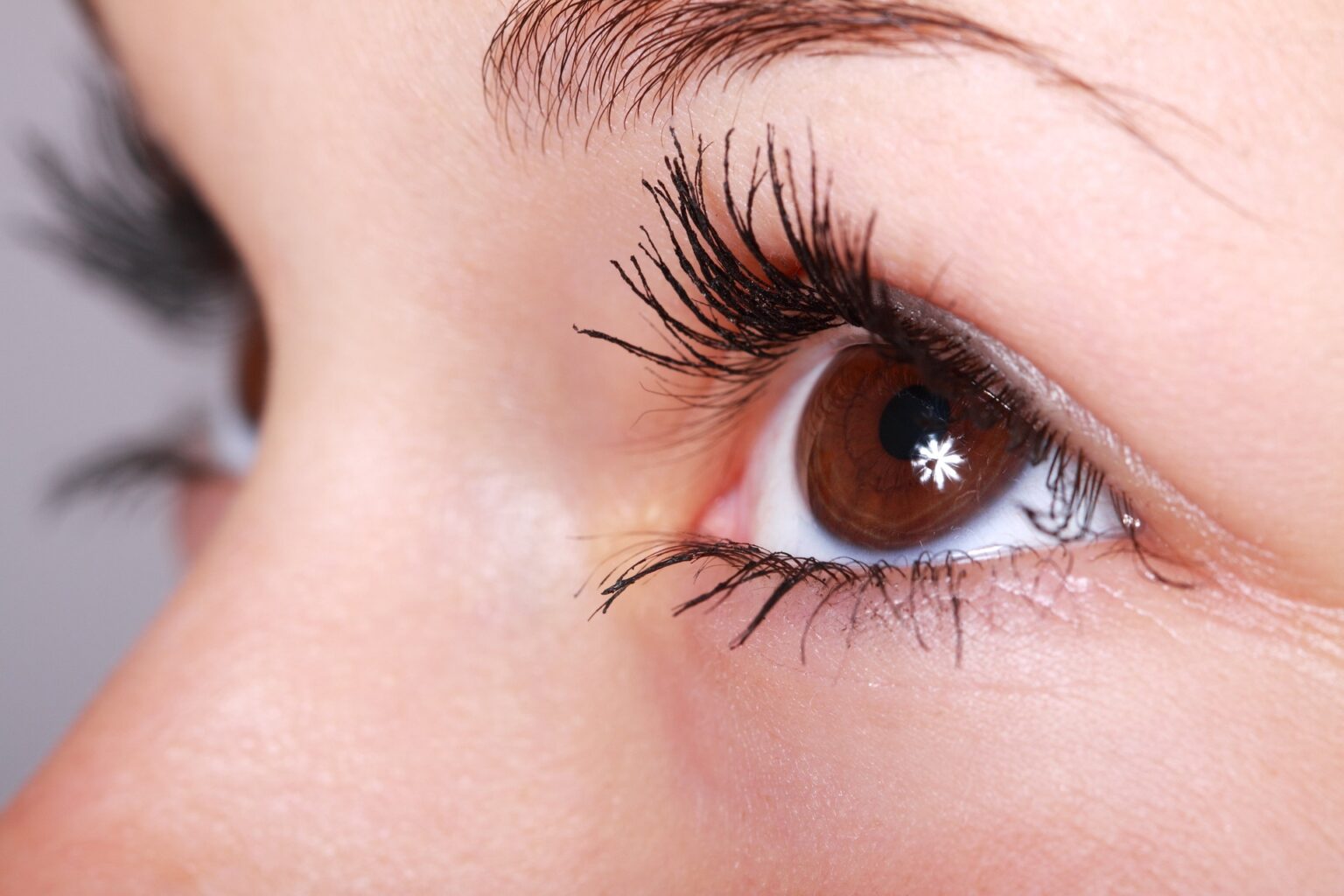Introduction :
Our eyes are precious organs that allow us to experience the world around us. However, many individuals neglect the importance of maintaining good eye health until they encounter common eye problems. From dry eyes to digital eye strain, these issues can significantly impact our daily lives. This article aims to shed light on the management and prevention of common eye problems, emphasizing the significance of regular eye care, healthy lifestyle choices, and proper eye protection. By adopting proactive measures, individuals can safeguard their vision and promote optimal eye health.
Understanding Common Eye Problems
To effectively manage and prevent common eye problems, it is crucial to understand their causes and symptoms. Some of the most prevalent eye conditions include:
Dry Eyes: Dry eyes occur when the eyes do not produce enough tears or the tears evaporate too quickly. Symptoms may include redness, itching, burning, and a gritty sensation.
Digital Eye Strain: With the increasing use of digital devices, many individuals experience digital eye strain. Prolonged screen time can lead to symptoms such as eye fatigue, blurred vision, headaches, and dryness.
Conjunctivitis: Also known as pink eye, conjunctivitis is an inflammation of the conjunctiva, the thin membrane covering the white part of the eye. It can be caused by allergies, viruses, or bacteria, resulting in redness, itching, discharge, and tearing.
Cataracts: Cataracts occur when the lens of the eye becomes cloudy, leading to blurry vision, sensitivity to light, and difficulty seeing at night.
Management Strategies for Common Eye Problems
Managing common eye problems involves a combination of lifestyle changes, self-care practices, and professional interventions. Here are some strategies for managing specific eye conditions:
Dry Eyes: Using artificial tears, taking regular breaks from screens, using a humidifier, and avoiding smoke and dry environments can help alleviate dry eye symptoms. In severe cases, prescription medications or procedures may be necessary.
Digital Eye Strain: To reduce digital eye strain, follow the 20-20-20 rule (take a 20-second break every 20 minutes to look at something 20 feet away), adjust screen brightness and position, use anti-glare filters, and practice proper ergonomics.
Conjunctivitis: Depending on the cause, treatment for conjunctivitis may include applying warm compresses, using over-the-counter or prescription eye drops, practicing good hygiene, and avoiding contact lens use until the infection clears.
Cataracts: Surgical removal of cataracts is the most effective treatment. If cataracts are not significantly affecting vision, lifestyle modifications such as wearing sunglasses, using brighter lighting, and updating eyeglass prescriptions can help manage symptoms.
Preventive Measures for Optimal Eye Health
Prevention is key when it comes to maintaining optimal eye health. By adopting healthy habits and protective measures, individuals can reduce the risk of developing common eye problems. Here are some preventive strategies:
Regular Eye Exams: Schedule comprehensive eye exams with an optometrist or ophthalmologist to detect any potential issues early on. These exams can also help determine the need for corrective lenses or monitor existing eye conditions.
Healthy Lifestyle Choices: Maintain a balanced diet rich in fruits, vegetables, and omega-3 fatty acids, which promote eye health. Quit smoking, as it increases the risk of developing cataracts, macular degeneration, and other eye diseases.
Eye Protection: Wear appropriate eye protection, such as safety glasses or goggles, when engaging in activities that pose a risk of eye injury. Additionally, wear sunglasses that block out harmful UV rays to protect against cataracts and macular degeneration.
Proper Contact Lens Care: If you wear contact lenses, follow proper hygiene practices, including regular cleaning and disinfection, replacing lenses as recommended, and avoiding sleeping or swimming with contacts in.
Conclusion
Managing and preventing common eye problems is crucial for maintaining clear vision and optimal eye health. By understanding the causes and symptoms of these conditions, individuals can take proactive steps to manage them effectively. Lifestyle changes, self-care practices, and professional interventions all play a role in managing specific eye problems. Furthermore, adopting preventive measures such as regular eye exams, healthy lifestyle choices, eye protection, and proper contact lens care can significantly reduce the risk of developing common eye issues.
“Remember, our eyes are irreplaceable, and taking care of them should be a priority. By implementing the strategies outlined in this article, individuals can promote long-term eye health, ensuring clear vision and a brighter future. Let us commit to managing and preventing common eye problems, embracing a world of vibrant sights and visual clarity.”

